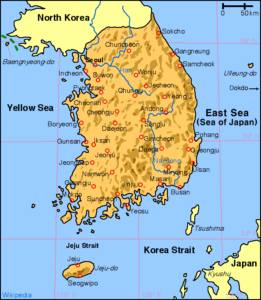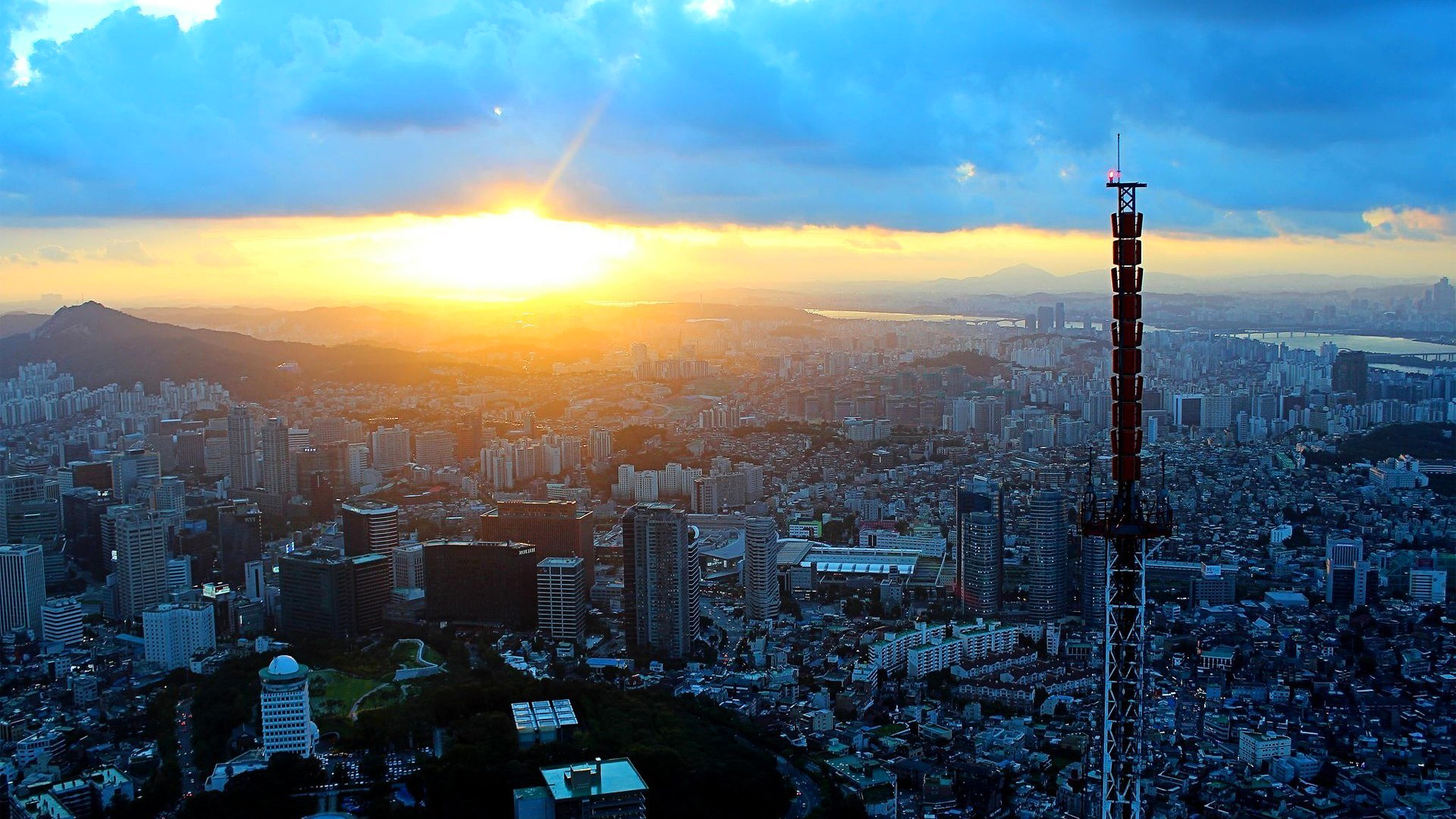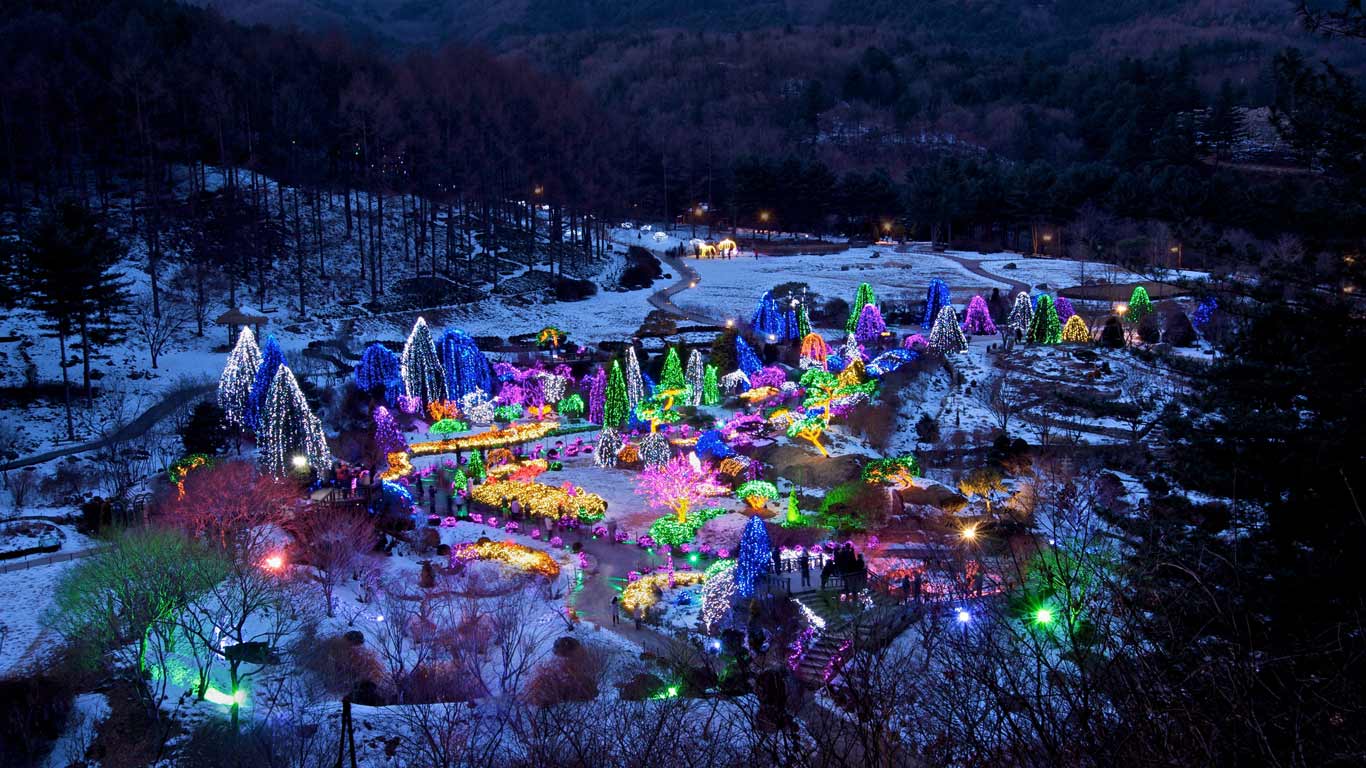South Korea May 10, 2022 Asia , Busan , chaebol , China Sea , colony , construction navale , Daegu , Daejon , demilitarized zone , East Asia , Gwangju , Japanese colony , Korea , Korea peninsula , Koreas , Mer de l'Est , Mer du Japon , Mer Jaune , nuclear , OECD , Pacific , Pacific Ocean , Pays du matin calme , Pays du matin frais , Republic of Korea , Seoul , South Korea , TGV , Ulsan Official name Republic of Korea Name in local language 대한민국 ; 大韓民國 ; Daehan Minguk (ko) Continent Asia Subcontinent East Asia Population (ranking: 27e ) 51,628,117 inhabitants (2022) Population growth -0.15 % / year Area 100,356 km² Density 515.22 inhabitants / km² GDP (ranking: 12e )1,637.896 billions $USD (2020) GDP/capita (ranking ) 31,598 $USD (2020) GDP growth -0.90 % / year (2020) Life expectancy (ranking ) 83.50 years (2020) Birth rate 5.20 ‰ (2022) Fertility rate 0.81 children / woman (2021) Death rate (ranking ) 7.40 ‰ (2022) Infant mortality rate (ranking ) 2.70 ‰ (2019) Literacy rate 100.00 % (2022) Official languages Korean Currency Won (₩ KRW) HDI (ranking: 32e )0.916 / 1 (2019) EPI (ranking )62.30 (2018) Government Unitary presidential constitutional republic Head of State President Yoon Seok-youl National Day 15 August ISO Codes KR, KOR Demonym South Korean Tourists (ranking ) 15,347,000 people (2018)
South Korea is an East Asian country that covers the southern half of the Korean peninsula. Its only land border is North, with North Korea . It is located in the North Sea of China, between China and Japan , of which it is a former colony.
Seoul, capital city of South Korea Quiet morning garden, Achim Goyo, in Sang-Myun, province of Gyeonggi, South Korea Seoul at night, South Korea Urban areas (2018) Urban areas Population Seoul 26,000,782 inhabitants Busan 8,050,434 inhabitants Daegu 3,384,253 inhabitants Daejeon 2,037,823 inhabitants Gwangju 1,694,454 inhabitants Ulsan 1,516,703 inhabitants Jeonju 1,042,484 inhabitants Cheongju 846,650 inhabitants Pohang 784,645 inhabitants Suncheon 724,270 inhabitants Cheonan 630,100 inhabitants Jeju 469,279 inhabitants Jinju 454,081 inhabitants Gumi 420,320 inhabitants Mokpo 238,450 inhabitants
Administrative divisions Provinces Population Area Busan (Ville métropolitaine) 3,498,529 inhabitants 763 km² Chungcheong du Nord 1,591,625 inhabitants 7,432 km² Chungcheong du Sud 2,096,727 inhabitants 8,205 km² Daegu (Ville métropolitaine) 2,484,557 inhabitants 884 km² Daejeon (Ville métropolitaine) 1,514,370 inhabitants 540 km² Gangwon 1,550,806 inhabitants 16,875 km² Gwangju (Ville métropolitaine) 1,469,214 inhabitants 501 km² Gyeonggi 12,716,780 inhabitants 10,184 km² Gyeongsang du Nord 2,700,398 inhabitants 19,026 km² Gyeongsang du Sud 3,373,871 inhabitants 10,531 km² Incheon (Ville métropolitaine) 3,002,645 inhabitants 1,050 km² Jeju (Province spéciale autonome) 641,597 inhabitants 1,849 km² Jeolla du Nord 1,864,791 inhabitants 8,067 km² Jeolla du Sud 1,903,914 inhabitants 12,319 km² Sejong (Ville spéciale autonome) 243,048 inhabitants 465 km² Seoul (Special City) 9,930,616 inhabitants 605 km² Ulsan (Ville métropolitaine) 1,172,304 inhabitants 1,060 km²
See also 




